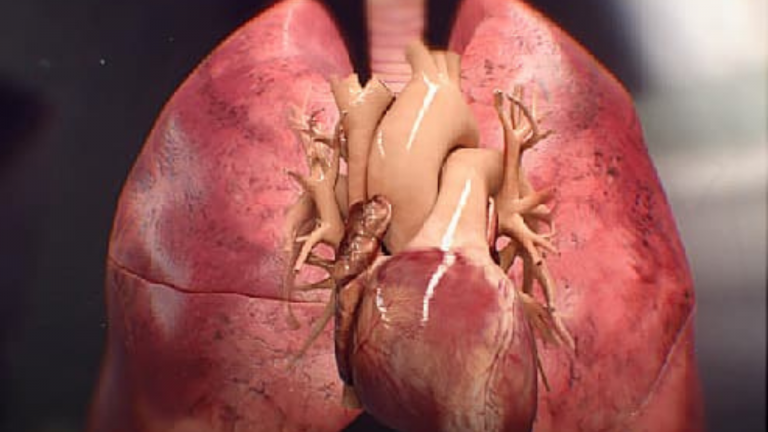Benefits of Exercise and Activity

This topic is about understanding how activity and exercise as well as a balanced diet, can help to keep you fit and healthy.
By the end of the topic, you will be able to:
Explain the benefits of activity and exercise in maintaining health.
Implement simple activities in your everyday life to gradually build up the amount of exercise you get.
Identify some of the main ways of keeping fit and plan an exercise regime for yourself.
State some of the health problems associated with not being active.
What is Exercise?
Exercise is anything we do. Any movement or activity is exercise.
Day-to-Day activities
Humans were built to walk and work and we’re really good at them! Walking is one of the best forms of exercise. Even just messing about uses energy. Housework, repairing things, and shopping are all forms of exercise.
Work
If you do a manual job such as construction or engineering and work with your hands, you will be moving about and doing things all day. It’s all exercise.
Exercise and Calories
Physically tired
If you’ve worked hard you’ll feel you’ve had enough exercise when you come home.
Food Calories
You’ll have used up loads of food calories at work.
Office work
A lot of work is now done sitting down at a desk or a computer so you might not get much physical exercise.
Tired
At the end of the day, you’ll still be tired. But it’s a different kind of tiredness for a construction worker.
Exercise is essential!
Our bodies need exercise to keep fit. If you have a job that gives you very little physical exercise, you need to do some more yourself.
Why Do We Need Exercise?
Why exercise?
Here are four reasons why we should exercise. Select each of the reasons to reveal the benefits of exercise.
Feel good about yourself
Regular exercise releases chemicals such as serotonin and dopamine, which make you feel happier about yourself.
Good for your heart
Regular exercise lowers your blood pressure and helps to prevent heart problems.
Good for your body
Regular exercise helps your immune system fight disease and can make you look better.
Keep you flexible
Regular exercise helps to keep you flexible and avoid injury.
Don’t be a Couch Potato!
Couch-potato
It’s really tiring doing nothing. People who do little exercise tend to lose energy and feel tired a lot.
Feel good about yourself
Being active and doing things affects how you feel about yourself.
Brain chemicals
Any form of exercise produces chemicals in your brain which give you a bit of a high and make you feel better about yourself – more happy and relaxed. These are the Serotonin, Dopamine, and Endorphin chemicals.
Doctor’s orders
Some people with some forms of depression are actually “prescribed” exercise because it makes them feel good.
Get Motivated!
Bored
Doing nothing is just really boring!
Getting motivated
If you feel you need to do more exercise, the hardest part is starting.
Benefits
Think of, and if possible, write down and keep, the reasons why you want to do more exercise.
Good Intentions
A lot of people want to do more exercise but for various reasons don’t get around to it.
Here is a list of some of the common reasons why people find it difficult to do exercise. Select the top three reasons that apply to you to reveal some suggestions about what you can do.
Not enough time due to family/work
If you are running around all week with family and work you’re probably pretty fit anyway, but think about doing some exercise just for yourself.
Cost of equipment or gym fees
Do things like walking, dancing, running and sports which don’t cost much.
No facilities
Find a local friend and do something together such as walking or jogging where you don’t need any real facilities.
Personal safety/ Exercising alone
Join a group or class at a local sports center or find a friend to do something with.
Little and Often
Start slowly
Build up your exercise slowly and steadily. Don’t expect to be an Olympic athlete straightaway.
Remember, the more you do, even small amounts, the easier you’ll find it the next time. If you build it up steadily you’ll notice it won’t be as hard and you’ll get better.
How much?
Start with just 10 minutes at a time, but do 10 minutes regularly. Build up to 30 minutes and do it three times a week or more if you can.
Three times a week
Guidelines suggest that you should do 30 minutes of aerobic exercise three times a week.
What’s the Difference Between Aerobic and Anaerobic Exercise?
Select the label for each type of exercise to reveal what it is.
Aerobic Exercise
Aerobics – cardiovascular
Aerobic exercise is also called cardiovascular exercise. Cardiovascular means that aerobic exercise makes your heart and lungs work harder and burns more food calories.
Not an exercise person
If you don’t do much exercise you’ll find that as soon as you do anything a bit hard you’ll be out of breath and will need more oxygen. This is because your lungs haven’t been trained to take in enough oxygen.

The more you do
The more you exercise the more your lungs will expand to take in more oxygen and you’ll find it’s easier the next time. Aerobic exercise builds up your ability to:
Breathe in oxygen.
Send oxygen to your muscles.
Get your muscles burning this oxygen using food calories.
Types of Aerobic Exercise
In the home
Doing stuff at home is exercise, even cooking and cleaning. The quicker you work the more food calories you burn.
Other stuff at home
There’s also a range of dance and exercise DVDs etc you can use at home.
Dance and cook
If you’ve ever been to the Caribbean you’ll know that the cooks in cafes dance while they make your food.
The following list shows how many calories you bum at home:
Vacuuming 100 calories in 30 minutes.
Cooking 50 calories in 30 minutes.
Dancing and cooking 120 calories in 30 minutes.
It’s as Easy as Walking!
Walking
This is the most common form of exercise. Walk to town, college, or work if it’s possible. Try and build up your walking speed as well so you get there quicker and burn more food calories. Take the stairs rather than lifts or escalators.
Jogging
If you’ve got a friend to do this with it’ll be easier as you can chat with each other. If you are doing it on your own. you can listen to music while you jog or walk.
Classes
Being a member of an exercise class helps because there are other people to keep you motivated and make it fun. Go to the local sports center and have a look at what they’ve got on.
Gym
It’s the same with the gym and usually, they have exercise classes there as well.
Swimming
This is a great all-around exercise. As the water supports your body it is called LOW IMPACT exercise. It’s good for people who have injuries or muscle or joint problems.
Burning Calories
The following list shows how many calories you burn when walking and jogging:
A slow walk bums 70 calories in 30 minutes.
A fast walk burns 200 calories in 30 minutes.
A 30-minute jog burns 300 calories.
Anaerobic Exercise
This is a short, fast exercise, which is designed to build up your muscles. But it will not burn off fat and food calories in the same way as aerobic exercise.
Strength
Anaerobic exercise is exercise such as weights, push-ups, and short, fast sprinting.
Getting around to doing it
Most people enjoy exercise, but getting around to doing it can be a problem. It’s easier to just sit and watch the TV. Motivate yourself by giving yourself a reward (not a chocolate bar) each time you exercise.
With friends
If you get some mates to do it with you that will be even better.
Run For Charity
Have a purpose
It’s easier to exercise if you have an aim. It needn’t be anything like a marathon – it can be run for charity, for example.
Charity events
Raising money for your favorite charity can be a great way of encouraging you and your friends to do some exercise. Not only will you be motivated, but the money you raise will also be really useful.
What Can You Do?
From this topic, we can see that as well as eating more healthily, it is also important to get regular exercise or activity. It keeps us fit and healthy.
Remember, keep it simple to start with and try some of the following:
Think about what you want to get out of exercise and the type of exercise (anaerobic or aerobic) that would suit you and your commitments.
Write down a list to remind yourself of the reasons you want to do more exercise.
Do small amounts of exercise and build up gradually.
Try simple things like walking to places, using the stairs, and generally having more fun such as dancing.
Get together with your friends to exercise and encourage and motivate each other.
Try exercising for a purpose such as charity.
February 17, 2023
0



